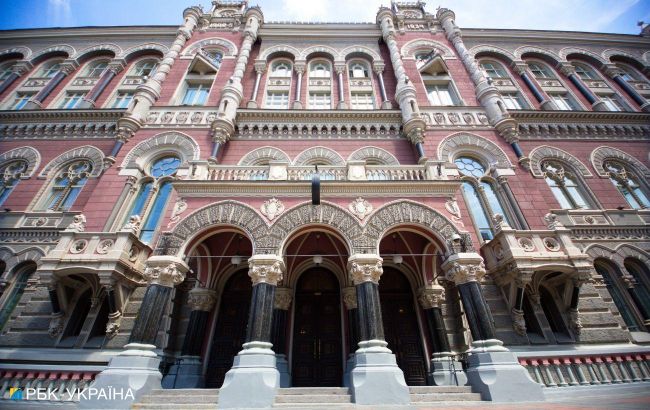Ukraine's international reserves increased by 42% in 2023, exceeding $40.5 billion
 Ukraine's international reserves reached $40.5 billion
Ukraine's international reserves reached $40.5 billion
Ukraine's international reserves grew by 42% to $40.508 billion in 2023, with a 4.4% increase reported in December, according to data from the National Bank of Ukraine (NBU).
The NBU's press service said that the December surge in reserves was driven by currency inflows from international partners, surpassing the National Bank's net currency sales and the country's foreign currency debt payments.
In December, the government's accounts at the NBU received $5.5464 billion. Foreign debt servicing and repayment amounted to $708.2 million.
The NBU's net currency sales on the interbank market in December amounted to $3.553 billion, marking a 1.4-fold increase compared to November. The surge in NBU interventions in currency sales last month is primarily attributed to seasonal factors, particularly the year-end activation of budget expenditures.
Additionally, in December, the revaluation of financial instruments led to an increase of $426.7 million.
Currency reserves in 2023
According to the NBU, Ukraine received unprecedented global financial support last year. Approximately $42.7 billion was credited to the government's accounts at the NBU.
The largest financial aid came from the European Union - $19.7 billion, followed by the World Bank's trust fund - $16.4 billion (including contributions from the United States, Japan, the United Kingdom, Norway, and other countries), the IMF - $4.5 billion, and Canada - $1.8 billion.
As noted by the NBU, international assistance, combined with the issuance of foreign currency government bonds totaling about $4.5 billion, allowed:
- Compensating for the NBU's net currency sales ($28.6 billion). Before transitioning to the managed floating exchange rate regime, the NBU sold currency to maintain the fixed official exchange rate of the hryvnia. After the transition, currency sales were aimed at offsetting the structural currency deficit and smoothing excessive exchange rate fluctuations.
- Financing the country's payments for servicing and repaying foreign currency debt ($9.0 billion).
- Increasing international reserves to a level sufficient for maintaining exchange rate stability going forward.

